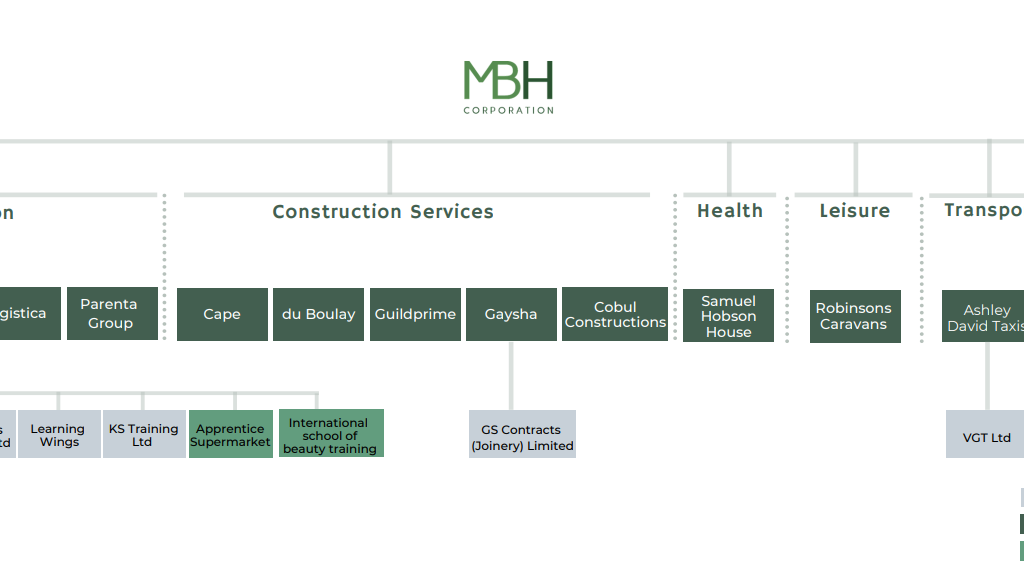For most entrepreneurs, taking a company public is the ultimate dream and mark of success Let’s face it, small business owners are at a disadvantage. They work hard, take significant risks, employ the majority of the overall workforce, account for roughly 50% of GDP in most major economies and yet would have to borrow money or bet their homes in order to pay the fees and get access to the experts they need to help them become a publicly listed company. It’s why 99% of them never do and why most small business don’t get access to the trillions of dollars that global capital has to invest, and that’s exactly the missed opportunity that the Agglomeration model solves.
Let me show you exactly what I mean…
Fees for Listing Your Company On A Public Stock Exchange
For example, in Canada you have the TSX. According to them – the breakdown of costs and fees to get listed on the Canadian TSX and TSX Venture Exchange are as follows:
TSX
- Listing Fees: $10,000 to $200,000
- Accounting & Auditing Fees: $75,000 to $100,000
- Legal Fees: $400,000 to $750,000
- Underwriters’ Commission: 4- 6%
- Listing Fees: $7,500 to $200,000
- Accounting & Auditing Fees: $25,000 to $100,000
- Legal Fees: $75,000+
- Underwriters’ Commission: Up to 12%
This also doesn’t include the other fees listed on their page, the on-going expenses, the advisors, and the time it takes to get listed which include items such as:
- Securities commission fees
- Transfer agency fees
- Geological or engineering reports
- Valuation reports
- Investor relations costs
- Printing and translation costs
- Director and Officer liability insurance
So not only will it be expensive to take the company public, but it will also result in on-going costs to operate as a public company.
In the US, not only are there similar fees for listing on NASDAQ and the NYSE , but the listing requirements make it difficult for the majority of small businesses to meet eligibility requirements. The same is also true with stock markets globally making it very difficult (and almost impossible) for the majority of small businesses to go public and for the trillions of dollars of investable global capital to hold and benefit from the growing and lucrative small business asset class.
What’s the solution?
How can small business owners go public without the expensive listing costs, fees and inundated lenghty process?
What if the transaction can be completed within weeks, and provides significant advantages for small business owners such as helping them solve issues with risk, scale and liquidity?
And what if institutions, endowments, family offices, HNWI and other types of limited partners can finally access what was once an untouchable and unattractive asset class – small business.
Jeremy Harbour – Creator of the Agglomeration Model
Enter pioneering entrepreneur Jeremy Harbour and his Agglomeration™ solution.
It is effectively a publicly listed holding company with decentralized operations so that small businesses that join the group can continue running and operating their business the way they know best while gaining multiple advantages for being a publicly listed company.
It’s a simple model that is designed to allow “global capital” to finally be able to invest in the growing small business asset class. An asset class that historically remained off-limits to the majority of investors unless it was a traditional “Series A, B, C etc” type of investment and they were showing significant growth.
These small businesses, which are required to be mature, stable and debt-free and doing at least $1M EBITDA per year, swap their shares in their private company for shares in the public company and collectively own the majority of that publicly-listed company. Each owner is still responsible for running their own business, but they can’t tell each other how to run each other’s business—they’re all equal and thus creating a decentralized operating model.
Does it work? Let’s Look At MBH Corporation PLC
The Agglomeration model is live, active and currently being adopted by the MBH Corporation PLC out of London, UK. In the first two years of inception, it went from $0 to $120M in revenue, $12M of EBIT Pro-forma and completed 23 acquisitions.
I recently had the chance to speak with Callum Laing, CEO of MBH Corporation and he quoted “2020 was the year we proved ourselves. Not only that the Agglomeration model works in any economy situation, but thanks to our decentralized operating structure, we saw our entrepreneurs unite to help one another in ways that would have never been possible before. They have a collective interest to keep each other successful and that’s one the advantages of our model and it’s extremely scalable.”
I visited the MBH Corporation website and broke down the most important features for you.
In this image, you can see how the Agglomeration hierarchy structure works and the different entities that are part of it. You will notice that it’s diversified across multiple sectors and businesses can acquire other businesses beneath them.

Why do business owners join MBH and be part of the Agglomeration?
It comes down to 3 key major problems that small businesses (SMEs) face which all get solved with this model.
Risk, scale and liquidity…
On this podcast interview with Callum Laing, he describes these 3 issues in detail.
How does Agglomeration solve risk?
If you’re a mature small business owner, remaining independent is the riskiest position you can be in. A change in the economy or your market can wipe you out completely. The goal for small business owners is to stay alive, serve their market and capitalize on the years of blood, sweat and years you have put in.

